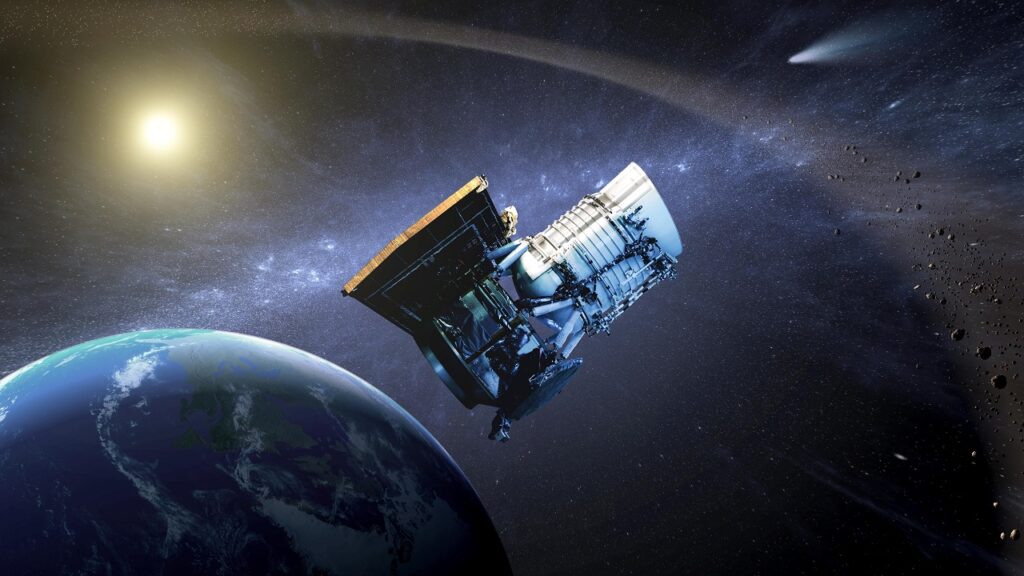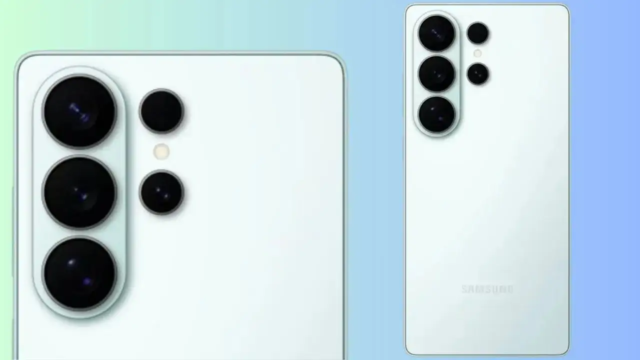NASA’s asteroid-hunting telescope NEOWISE, which has successfully completed many missions, is in the last moments of its life. NEOWISE has discovered more than 200 near-Earth objects in the past 10 years. He then broke the remarkable record in infrared astronomy. But unfortunately this record brings him closer to the end. Here are the details…
The Sun will knock NASA’s Asteroid Hunting Telescope NEOWISE out of orbit!
NASA gave the sad news. The space agency’s Near-Earth Object Wide Field Infrared Survey Explorer, or NEOWISE for short, will become unusable in early 2025 due to increased solar activity. The telescope’s orbit will gradually lower over time.

So why will the space agency’s asteroid-hunting telescope be affected by this situation? The main reason for this is that the Sun heats the Earth’s atmosphere and as a result, the atmosphere expands. As a result, satellites in orbit, including NEOWISE, are subject to increased atmospheric drag. This causes the height of the satellites to decrease.
The Sun is approaching its solar maximum. During this period, solar flares and explosive coronal mass ejections are frequently observed. During this period of the Sun’s 11-year cycle, atmospheric gases will slow NEOWISE. This will pull NEOWISE further down into the Earth’s atmosphere. As a result, the telescope will not be able to maintain its orbit around our planet.
“After several years of quiescence, the Sun is waking up again. We are at the mercy of solar activity. With no way to keep it in orbit, NEOWISE is now slowly returning to Earth,” Joseph Masiero, deputy principal investigator of the NEOWISE mission, said in a statement. said.
NEOWISE managed to escape the Sun’s wrath for the last 10 years of its reactivated mission. Among the tasks of the space telescope was to survey the sky in infrared light. It also captured distant galaxies, cold stars and exploding white dwarf stars with much greater precision than other surveys.
NASA’s asteroid hunter NEOWISE began its mission in 2009. It was initially known simply as WISE (Wide Field Infrared Survey Explorer). The telescope managed to map the sky twice before its cryogenic coolant ran out. This allowed the spacecraft to observe infrared wavelengths without interfering with observations of heat from itself. WISE then went into hibernation in February 2011. Nowadays, he is waiting for his death due to the effects of solar explosions.














